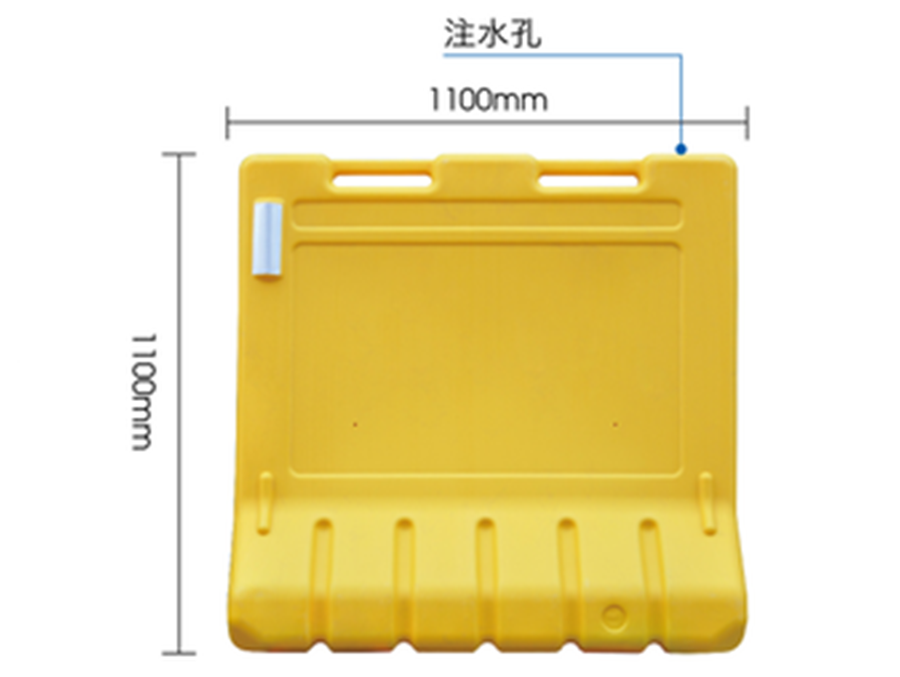



A surgical procedure was necessary for 24 patients (0.1% per retrieval and 0.19% per patient). When calculated per retrieval, the overall complication rate was 0.4%, whereas 0.29% was the admission rate, with an average duration of hospital stay of 2.77 ± 2.5 days. Those requiring hospital admission for at least 24 hours were considered severe.Ī total of 96 patients (0.76 %) suffered complications, with hospital admission necessary for 71 patients (0.56 %). Oocyte retrieval procedures performed between June 1996 and October 2016.Īll oocyte retrieval complications. To assess complications encountered after transvaginal oocyte retrieval procedures.Ī total of 23,827 consecutive transvaginal oocyte retrieval procedures in 12,615 patients. She was transferred directly to the angiography suite for emergency endovascular assessment and therapy. CT angiography (CTA) of abdomen and pelvis demonstrated active bleeding from a right internal iliac artery branch pseudoaneurysm and a large retroperitoneal haemorrhage (Figs 1 and 2). She was transfused and haemodynamically stabilised with 5 units of packed red cells, 3 pools of plasma (Octaplase) and 2 pools of platelets and referred for radiological management. further surgical exploration was pursued as no intraperitoneal bleeding was observed and because of the risk of severe bleeding associated with decompressing. The haemorrhage was successfully managed endovascularly with a vessel preserving covered stent. She underwent surgical laparotomy followed by CT and selective angiography, which demonstrated haemorrhage from a pseudoaneurysm of the obturator artery. Four days following the procedure she presented with life threatening haemorrhagic shock. We report the case of a 36-year-old woman with secondary infertility who underwent routine transvaginal oocyte retrieval as part of IVF treatment. Transcatheter arterial embolization with N-butyl-2-cyanoacrylate is a feasible option for uterus-preserving management of late massive hemorrhage resulting from a ruptured uterine artery pseudoaneurysm after transmyometrial oocyte retrieval. It was successfully treated by transcatheter arterial embolization with N-butyl-2-cyanoacrylate. Color Doppler ultrasonography and three-dimensional computerized tomographic angiography revealed a ruptured pseudoaneurysm originating from the peripheral branch of the right uterine artery in the lower uterine segment. At triage, continuous bleeding from the cervical canal was observed. Six days later, she experienced massive vaginal bleeding after a day of intermittent bleeding and was transferred to our hospital. A 34-year-old nulliparous patient with a previous history of four consecutive miscarriages with unknown etiologies underwent transmyometrial oocyte retrieval as a result of malpositioning of the right ovary. Uterine artery pseudoaneurysm is a rare but potentially life-threatening complication that can occur after various uterine manipulations.


 0 kommentar(er)
0 kommentar(er)
